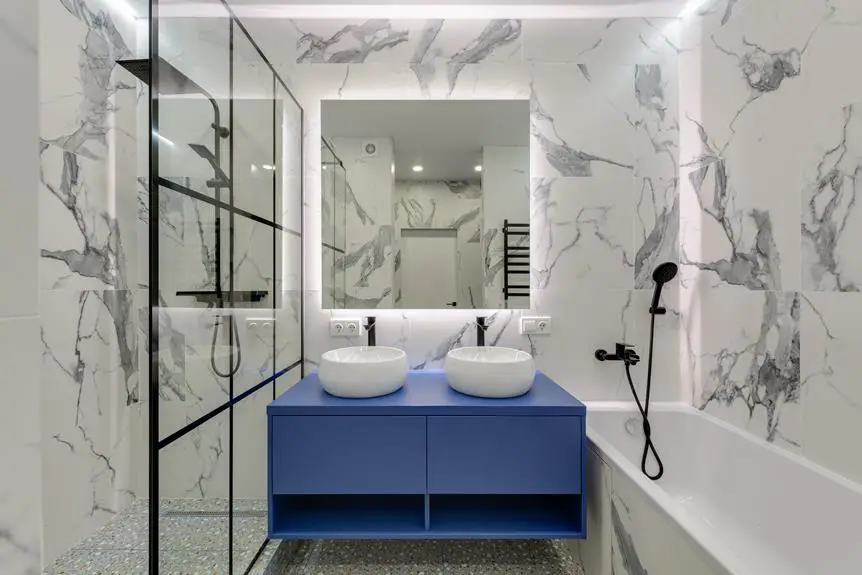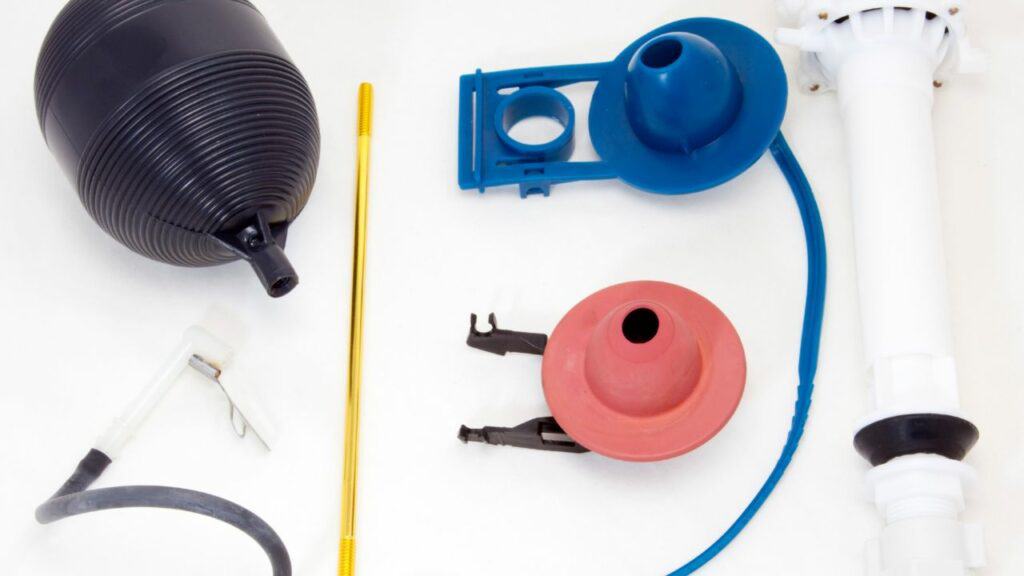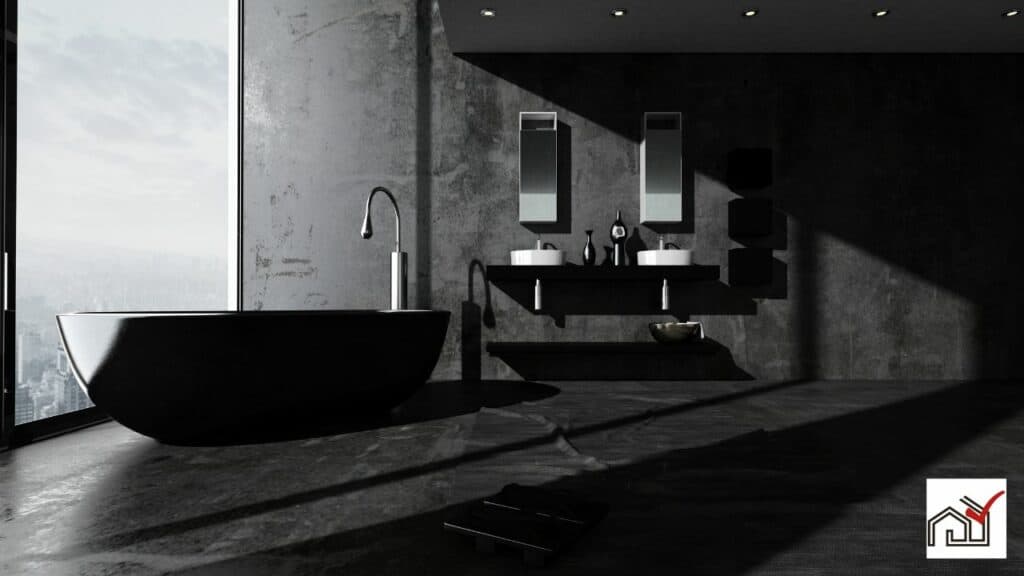An overflow in a bathroom sink is not always necessary. This feature is a channel inside the sink that helps prevent spills by directing excess water to the drain and can also speed up drainage.
The choice to include an overflow depends on local plumbing codes, the design of the sink, and its intended use. Homeowners and designers must consider the practical advantages, design impact, and maintenance when choosing a sink with or without an overflow.
Understanding Sink Overflows
Sink overflows are common in many bathroom sink designs to prevent water from spilling over if the sink is accidentally overfilled. They feature an overflow hole near the top of the sink that connects to the main drainpipe, providing an alternate path for excess water. Overflows also improve drainage by allowing air into the plumbing, which prevents a vacuum that can slow drainage and cause gurgling noises.
Sinks without overflows often have a modern look and come in various materials and styles. However, they lack the protective overflow and require careful monitoring to avoid spills. Owners must maintain these sinks well to prevent clogs, which can increase the risk of overflow.
Choosing a sink with or without an overflow should be based on practical use, plumbing codes, maintenance needs, and water conservation considerations.
The Purpose of Overflows
The overflow hole in a bathroom sink is designed to prevent water spillage by allowing excess water to drain if the level gets too high. Located near the top or back of the sink, it also lets air into the plumbing to speed up drainage, which is helpful when using pop-up drains. Regular cleaning of the overflow is necessary to prevent clogs and potential mold growth.
While not required by building codes, overflows are often included in sinks for their protective and functional advantages. The overflow is an important feature for preventing water damage and maintaining efficient and clean sink operation.
Pros and Cons of Overflows
Bathroom sinks with overflows have advantages such as preventing water spillage by diverting excess water, which is useful if a faucet is left on by mistake. They also enhance drainage speed and help prevent clogs by allowing debris to escape.
Conversely, sinks without overflows can offer a more modern look, especially in smaller bathrooms, due to their clean lines. However, drawbacks exist. Sinks without overflows may drain more slowly, which can be less convenient and harder to maintain. They can also cause air to be trapped in the drain, slowing water flow and potentially causing bad smells and hygiene issues due to the buildup of organic matter.
While overflows can protect against water damage and offer reassurance, they can increase the cost and may reduce design choices. They are also susceptible to blockages from soap and waste, which can lead to water loss and extra cleaning. Regulations might require overflows, but some homeowners might opt out for aesthetic or financial reasons.
Building Codes and Regulations
Building codes dictate that bathroom sinks may have overflows, which are holes to prevent spills, but this requirement varies by region. In the U.S., both overflow and non-overflow sinks are permitted. However, all sinks must have a proper drain stop and size to ensure adequate drainage and prevent water damage. Sinks without overflows need a different drain assembly due to the altered drainage dynamics.
Overflows add a safety feature against overflow, while non-overflow sinks may be chosen for their aesthetic. Compliance with building codes ensures safety and meets design preferences, with professionals responsible for adhering to these standards to maintain sink functionality and regional code compliance.
Sinks Without Overflow Options
Building codes allow for both sink designs with and without overflow features. Homeowners and designers choosing sinks without overflows, like the Vox series, hammered copper, or round basin styles, enjoy a modern and minimalist look.
However, sinks without overflows, for example vessel sinks, require close monitoring to avoid water overflow. The lack of an overflow also demands regular cleaning to prevent clogs and odors, especially in frequently used bathroom sinks.
To prevent overfilling, overflow drain plugs can be used. It is critical to install sinks correctly to ensure efficient water drainage. Sink accessories that help minimize water damage are available from various suppliers, including those in the Services LLC Associates Program.
The decision to use a sink with or without an overflow depends on personal taste, design preference, and commitment to upkeep.
Maintenance and Cleaning Tips
Maintain your bathroom sink by cleaning it regularly, particularly if it lacks an overflow hole. Avoid treating it like a kitchen sink to prevent debris build-up and clogs. Use a small brush to clear away debris from around the drain. Then, rinse with hot water.
For a deeper clean, mix baking soda with white vinegar and pour it down the drain. Let the solution work for a few minutes to dissolve organic material and clear minor clogs. This mix also helps remove odors. Afterwards, flush the sink with boiling water to ensure all residue is removed, preventing any potential solidification in the pipes.
Regular maintenance is important for a clean, clog-free sink and to maintain its appearance.




